It’s officially summer! And now that it is, it’s time to start buying all the delicious summer produce you can get your hands on!
That said, there’s nothing more disappointing than coming home from the store or farmer’s market with a bag full of produce only to slice or bite into it and realize it’s not ripe. It’s wasted time, money and effort! So I wanted to put this guide together to help ensure that doesn’t happen to you this summer!
When it comes to buying pineapples you want to focus on two things: the color (which should be mostly golden brown, very little green) and the smell (which should be sweet). In general if the fruit is not really emitting a scent, it’s probably not ripe and if the scent is anything other than sweet (i.e. tangy), it’s likely overripe.
With corn, you want to look husks that are green and not too dry (the silk should be a golden color, cling to the kernels and should feel moist). When you’re at the store, peel down one side of the husk slightly – if the kernels look plump and tightly packed in evenly spaced rows, it’s a good pick! Fold the husk back up to prevent drying, then add it to your grocery cart!
Your best bet when buying tomatoes is not to look at the color given that they come in a large variety. Instead, give it a little squeeze. You want it to be somewhere in between mushy (overripe) and super firm (not quite ready). It should depress slightly under your squeeze but should also be able to push back just a bit too.
Like pineapples, it can be tricky to choose a ripe melon given that you can’t see the inside before purchasing it. When choosing a melon (whether, watermelon, cantaloupe or honeydew), here’s what you should keep in mind: weight (it should feel heavy) and smell (like pineapples, it should smell sweet). You should also leave behind any melons that have soft spots, bruises or cracks. With watermelons, you can also employ the “tap test” – if you tap it and it sounds hollow, it should be ripe! In terms of color, you want to look for a watermelons that has a light/yellow color on the bottom, cantaloupe and muskmelons should be golden or orange in color and honeydew melons should have a pale yellow color. Additionally, watermelons and honeydews should have a dull versus shiny outer coating.
The stem and cap of an eggplant can be the first clue to its ripeness. A bright green color indicates freshness whereas a brown or yellowing stem means it is probably past its peak. The outside should be a deep, dark color and free of blemishes or brown spots. You also want to choose an eggplant that feels heavy for its size. Additionally, like with tomatoes, when you press on the eggplant it should be fairly tight with little depression under your pressure – leave those eggplants that are soft in the bin.
You guys know I’m currently obsessed with zoodles so finding a ripe zucchini is crucial! You want to look for zucchini and summer squash that is small (zucchini can get bitter as it grows larger) and firm to the touch. Additionally the outer covering should be free of any blemishes.
When picking out cherries, you want to look for color and texture. Cherries should have a vibrant color skin and light green stems. In terms of texture, they should be plump, and firm to the touch. You want to avoid cherries that feel soft and sticky as those are likely past their prime.
In order to tell when a peach is ripe, you want to squeeze it gently. Its flesh should give slightly under the pressure of your fingers. When you smell it, it should smell exactly as you would expect it to taste, if that makes sense. You also want to look at the color, a ripe peach should have a reddish-gold hue to it (the red color usually indicates which side faced the sun versus the gold which indicates which side faced the ground).
As I’m sure you have noticed is a theme when looking for summer produce, you want to find plums that are free of blemishes (think brown spots, wrinkles, soft spots, etc.). Because plums come in a variety of colors, you can’t always judge based off their outer skin. When you feel them, they should be slightly soft to the touch. Firm is okay as well if you’ve got some time to let them ripen at room temperature. Finally, plums that are at their peak ripeness will have a nice, sweet smell.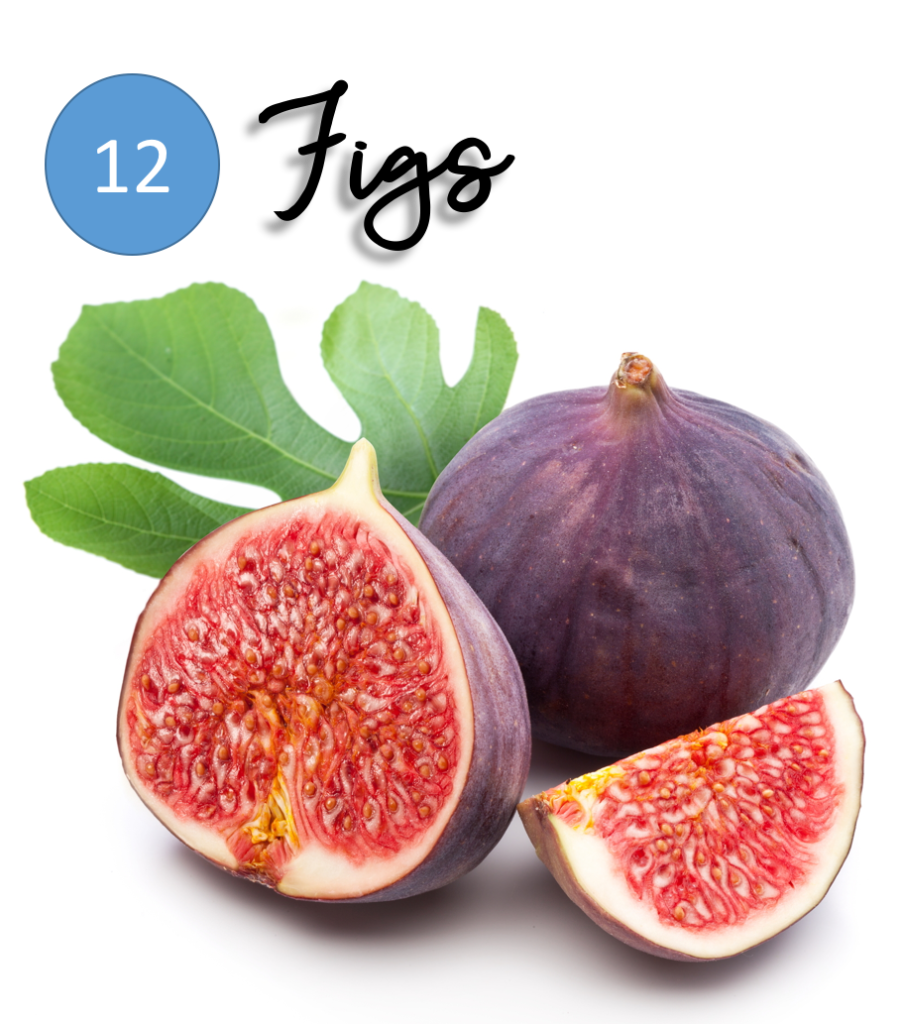
image source
You’ll find figs that are ready to eat have a sweet honeysuckle scent. The fruit itself should also should give a bit when you give it a gentle press. Unlike most of the other recommendations, you want to find one that has a slightly wrinkled skin and even one with small cracks in the flesh is okay. That said, it should be free of bruising.
And there you have it! I hope this helps in your summer produce endeavors!
1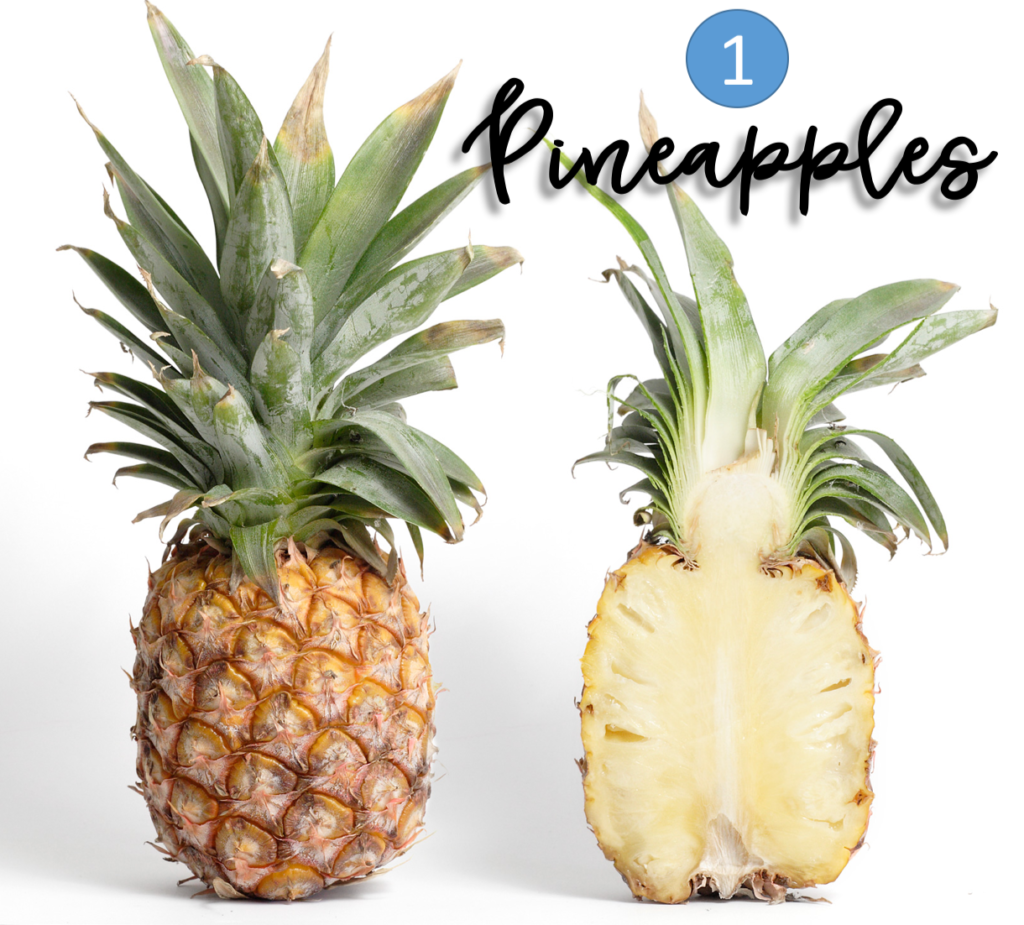
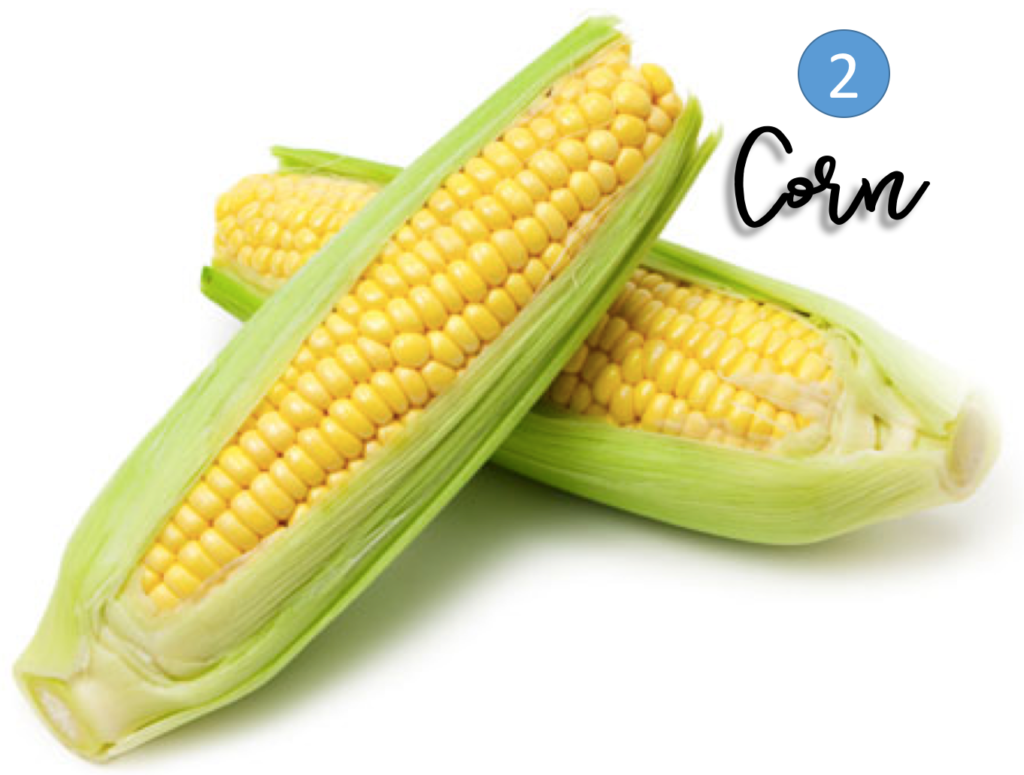
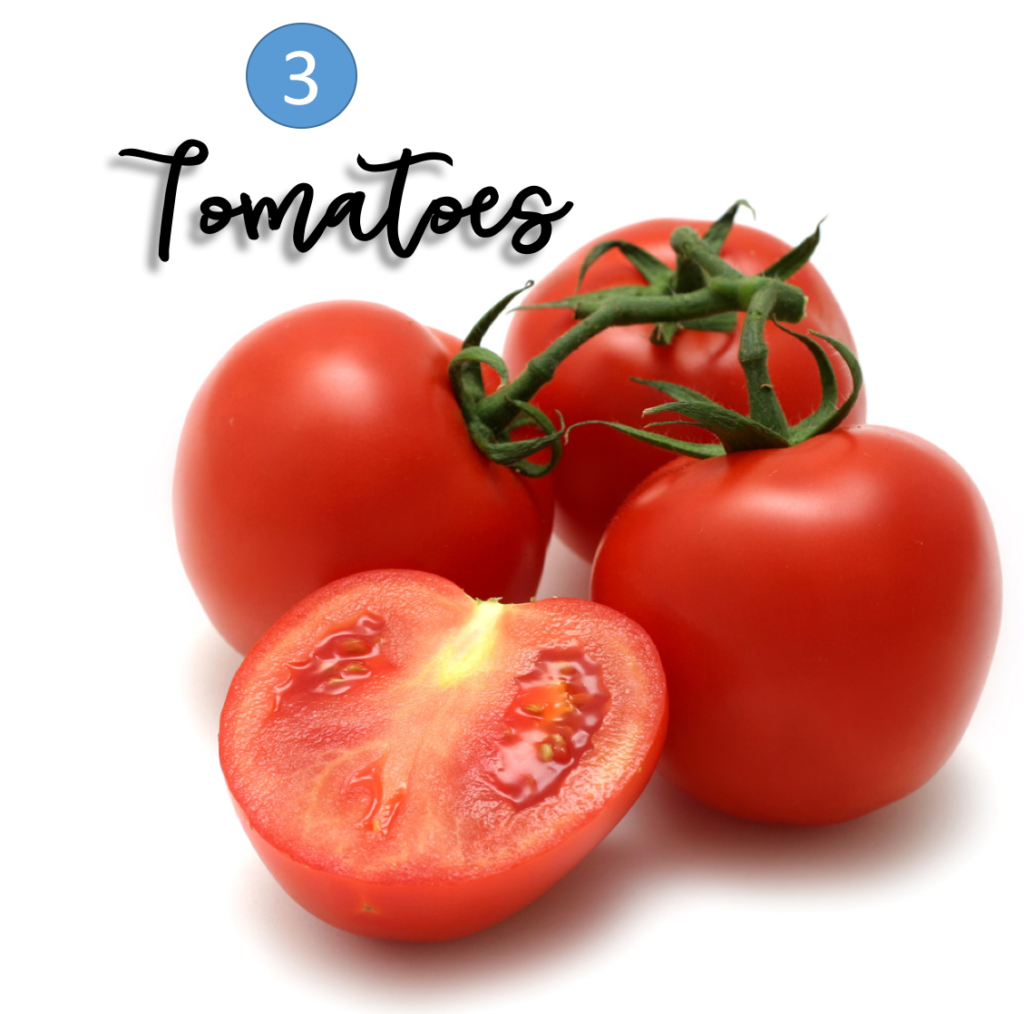
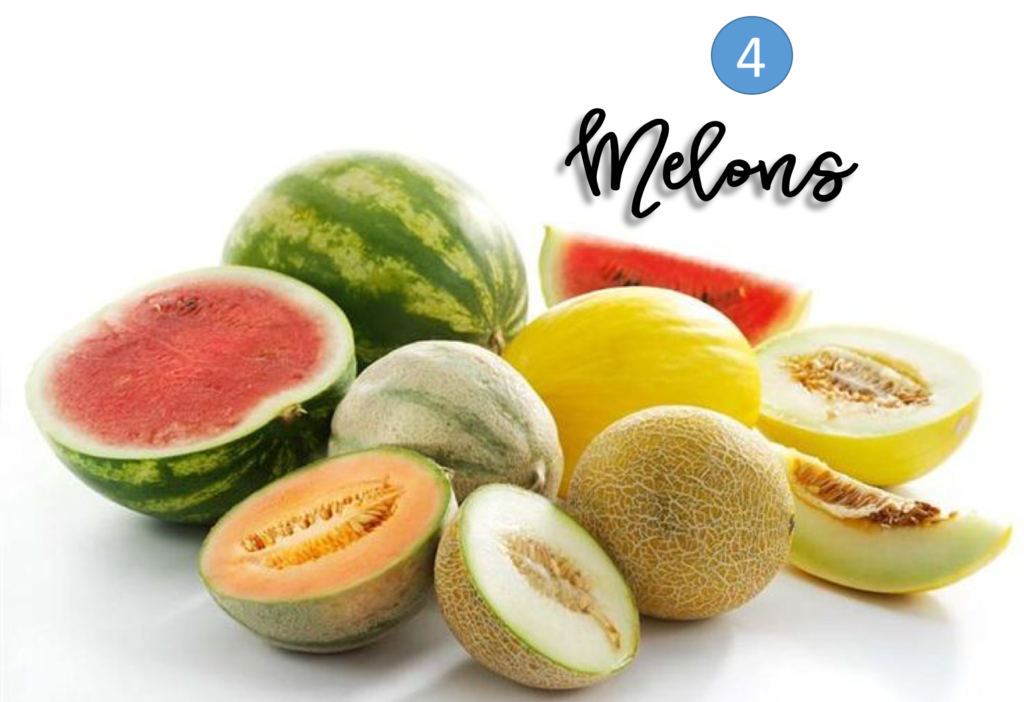
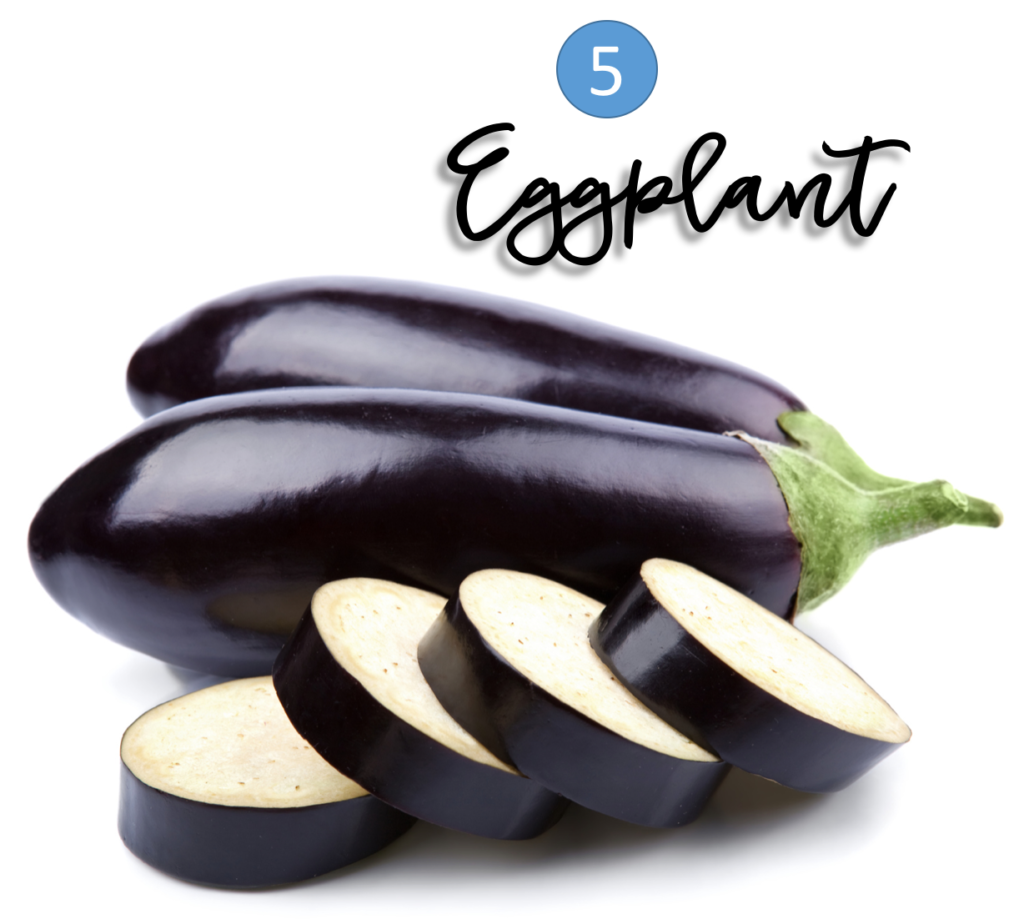
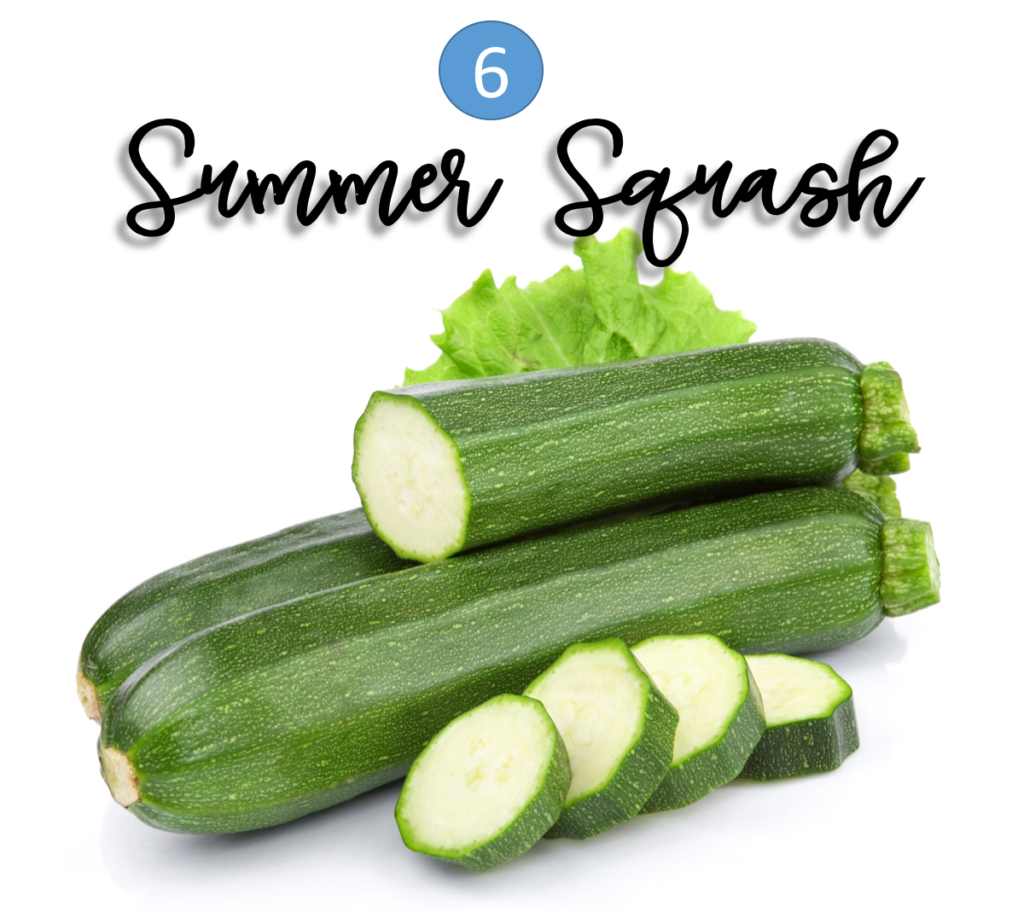
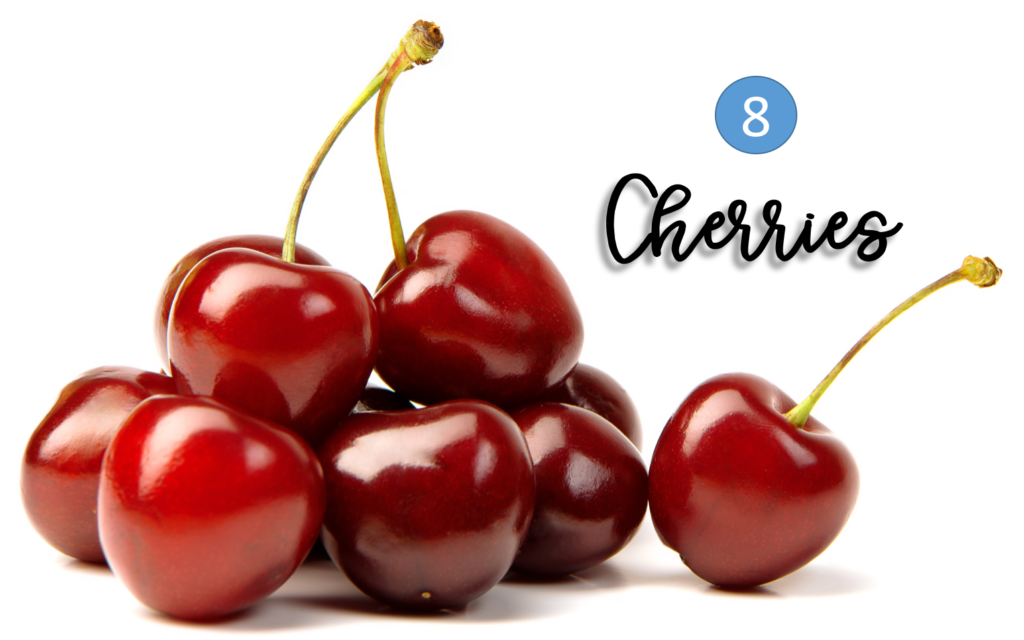
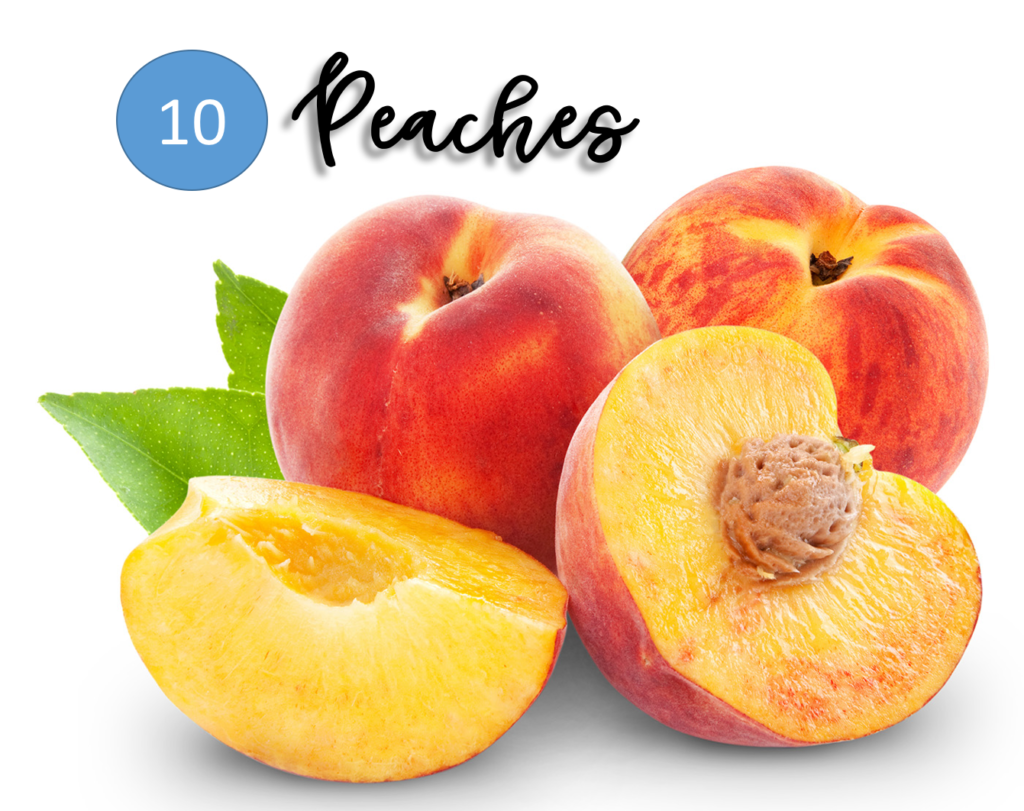
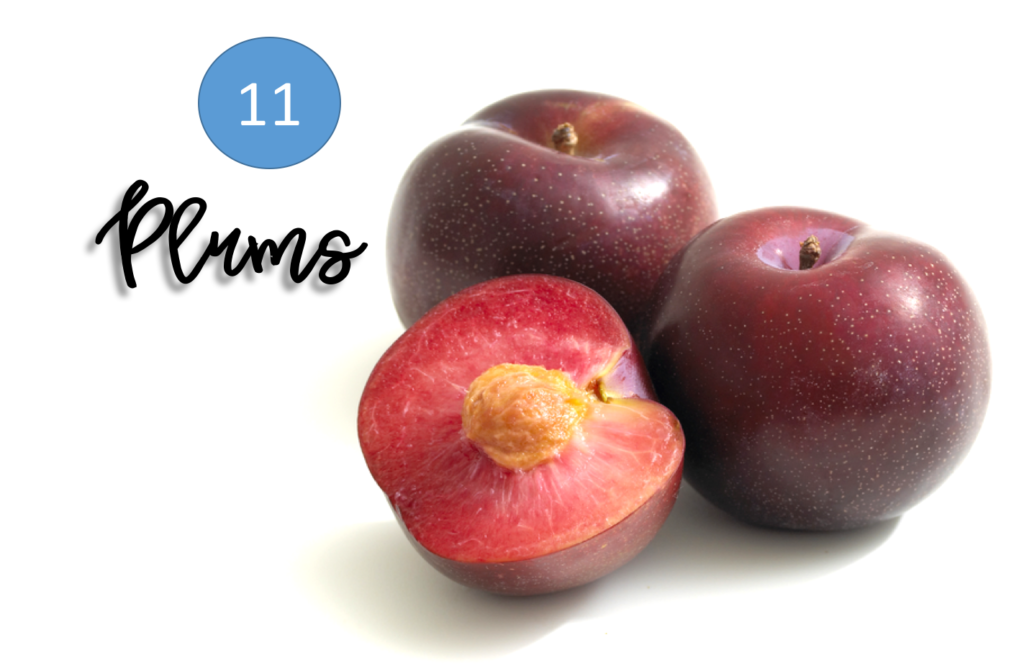
Leave a Reply